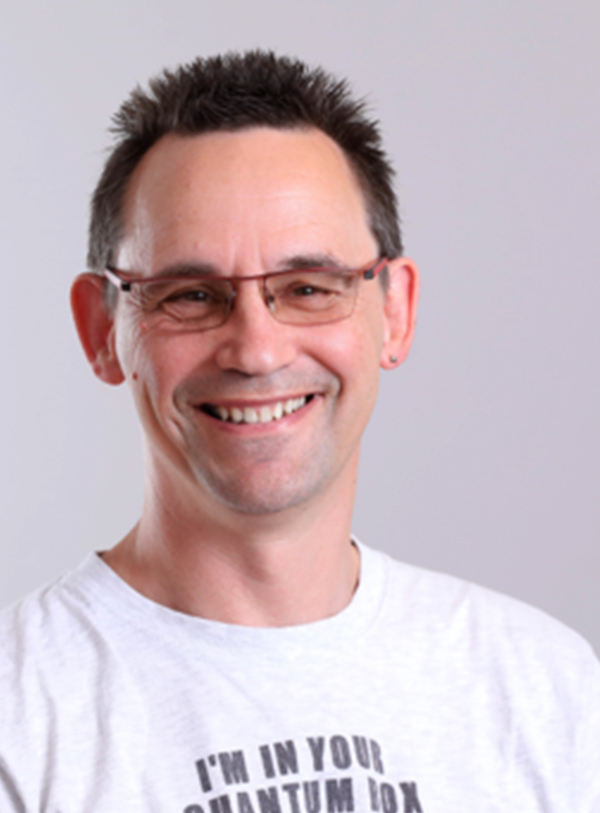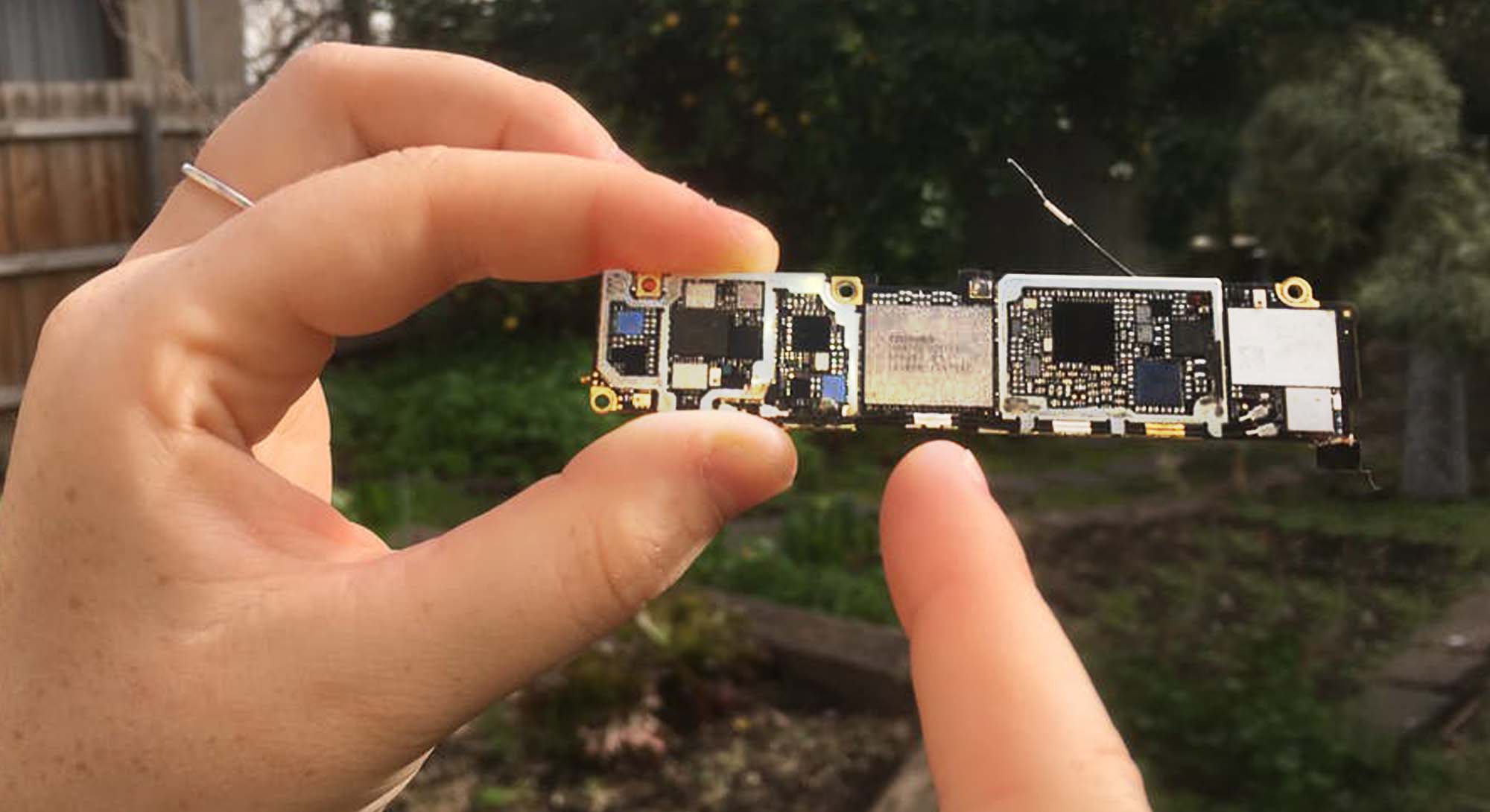The semiconductor industry decadal plan identifies a future mis-match between the growth of computing and available global energy capacity.
Topological materials
Research theme 1
Prof Alex Hamilton
Leader, Research theme 1
UNSW
Expertise: Semiconductor nanoelectronics and nanofabrication, 2D materials, electronic conduction in nanoscale devices, spin-orbit interactions, behaviour of holes in semiconductor nanostructures
Research outputs (Alex Hamilton):
230+ papers
4700+ citations
h-index 35 (Scopus)

The ambitious goal of Research theme 1 – realising dissipationless transport of electrical current at room temperature and developing novel devices capable of controlling this current – connects scientists from Australia and abroad.

Beating Boltzmann’s tyranny: Surpassing lower limit on computing energy consumption
FLEET’s topological materials research theme seeks to achieve electrical current flow with near-zero resistance, based on a paradigm shift in the understanding of condensed-matter physics and materials science: the advent of topological insulators.
Unlike conventional insulators, which do not conduct electricity at all, topological insulators conduct electricity, but only along their edges.
Along those topological edge paths, electrons can only move in one direction, without the ‘backscattering’ that dissipates energy in conventional electronics.
FLEET’s challenge is to create topological materials that will operate as insulators in their interior and have switchable conduction paths along their edges.
Topological transistors will ‘switch’, just as a traditional (silicon-based) CMOS transistor does, with a ‘controlling’ voltage switching the edge paths between being a topological insulator (‘on’) and a conventional insulator (‘off’).
For the new technology to become a viable alternative to traditional transistors, the desired properties must be achievable at room temperature (otherwise, more energy is lost in maintaining ultra-low temperatures than is saved by the low-energy switching).
Approaches used are:
- Magnetic topological insulators and quantum anomalous Hall effect (QAHE)
- Topological Dirac semimetals
- Artificial topological systems.
FLEET has placed topological insulator electronics devices In the IEEE International Roadmap for Devices and Systems.
2021 highlights
- Overcoming Boltzmann’s tyranny, surpassing the lower limit on computing energy consumption (see case study)
- Establishing potential of negative capacitance to lower switching energy by a factor of ten in future topological quantum transistor (TQFET, patented)
- Developing a new approach to making low-noise, low-disorder quantum devices by growing crystalline metal gates as part of the semiconductor crystal, creating atomically perfect interfaces (patented)
- Detecting the spin-gap zero mode in 1D quantum nanowires as a critical step towards reproducible Majorana zero modes
- Reviews:
- Epitaxial Na3Bi films, a 3D analogue of graphene
- Heterostructures of topological insulators and ferromagnetics
In 2022 FLEET will…
- Start testing devices with potential to realise an artificial topological insulator in gallium arsenide
- Improve the control of artificial lattices to create more robust artificial bandstructure
- Develop a detailed understanding of electronic transport in high quality bilayer graphene
- Study effects of interactions and supermodulation in monolayer and bilayer graphene
- Continue developing new models for thin Dirac semimetals and amorphous topological insulators
- Study transverse magnetic focussing in 2D systems
- Continue study of topological and Josephson effects in edge state conduction
- Establish new framework from materials to device modelling in 2D vdW materials
- Establish theory for electronic correlations in 2D metal-organic frameworks on any general substrate
- Calculate spin Hall conductivity in magnetic, topological materials from first principles methods
- Further develop understanding of non-linear response, develop quantum theory of optical currents, and understand quadrupolar photovoltaic effect